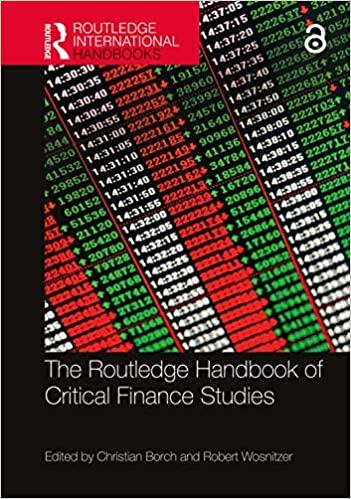EIGHT Problems in the attached file.Assignment #4 - Chapter 4&5.pdf sheet. Try to explain and discuss your work as much as you can. Submit your work in an Excel 4. What value of T makes these two cash flow diagrams economically equivalent at 8% annual interest? $1.000 Lo11-11 EO 5. Refer to the accompanying cash-flow diagram and solve for the unknown quantity in Parts (a) through (d) that makes the equivalent value of cash outflows equal to the equivalent value of the cash inflow, F. ads/Assignment%20%234%20-%20Chapter%20485.pdf $1,000 $1.000 5500 17.11. FOY 5. Refer to the accompanying cash-flow diagram and solve for the unknown quantity in Parts (a) through (d) that makes the equivalent value of cash outflows equal to the equivalent value of the cash inflow, F. a) If F = $10,000, G = $600, and N = 6, then i = ? b) If F = $10,000, G = $600, and i = 5% per period, then N = ? c) If G = $1,000, N = 12, and i = 10% per period, then F = ? d) d. If F = $8,000, N = 6, and I = 10% per period, then G = ? EIGHT Problems in the attached file.Assignment #4 - Chapter 4&5.pdf sheet. Try to explain and discuss your work as much as you can. Submit your work in an Excel 4. What value of T makes these two cash flow diagrams economically equivalent at 8% annual interest? $1.000 Lo11-11 EO 5. Refer to the accompanying cash-flow diagram and solve for the unknown quantity in Parts (a) through (d) that makes the equivalent value of cash outflows equal to the equivalent value of the cash inflow, F. ads/Assignment%20%234%20-%20Chapter%20485.pdf $1,000 $1.000 5500 17.11. FOY 5. Refer to the accompanying cash-flow diagram and solve for the unknown quantity in Parts (a) through (d) that makes the equivalent value of cash outflows equal to the equivalent value of the cash inflow, F. a) If F = $10,000, G = $600, and N = 6, then i = ? b) If F = $10,000, G = $600, and i = 5% per period, then N = ? c) If G = $1,000, N = 12, and i = 10% per period, then F = ? d) d. If F = $8,000, N = 6, and I = 10% per period, then G =









